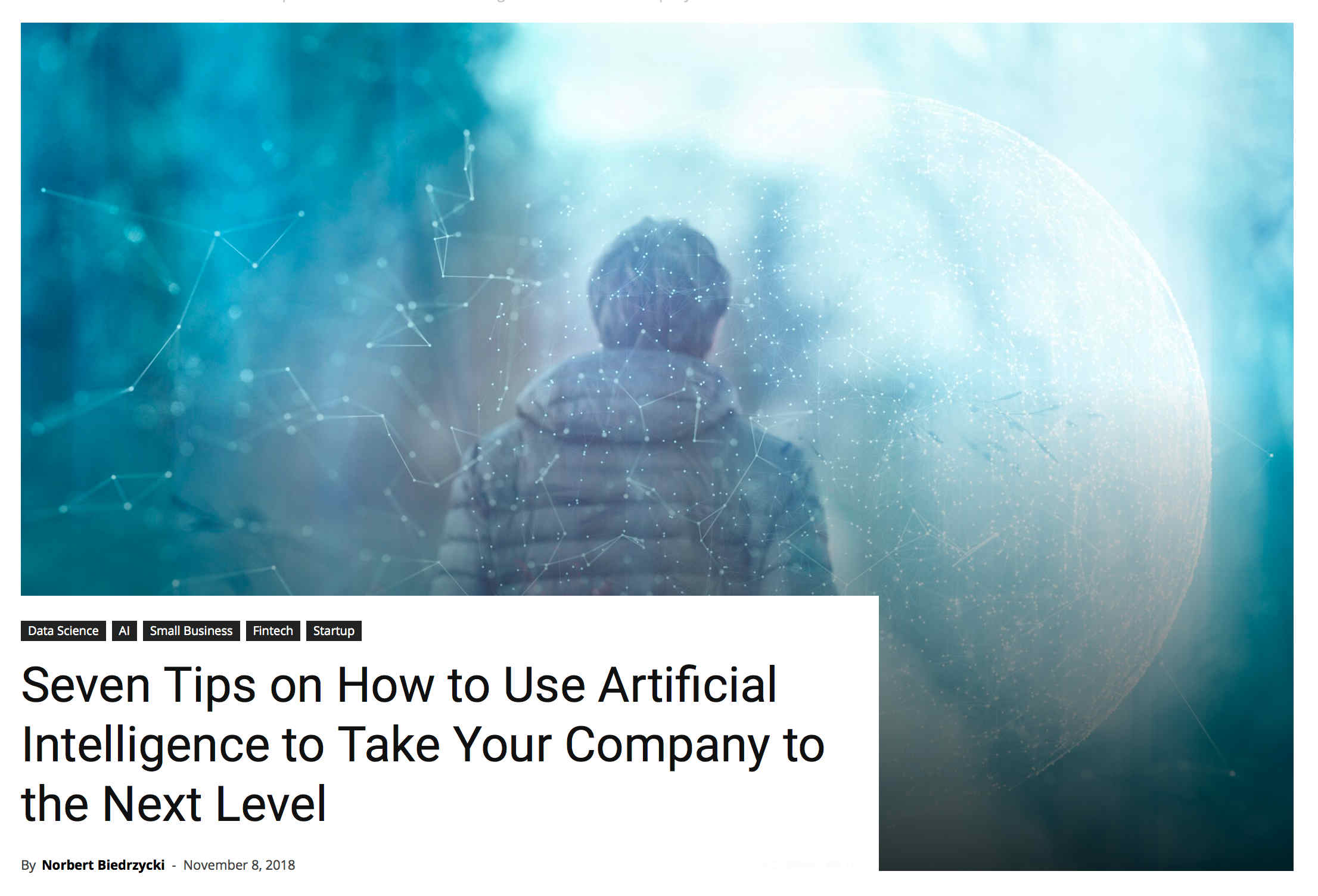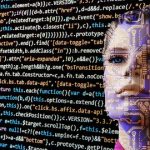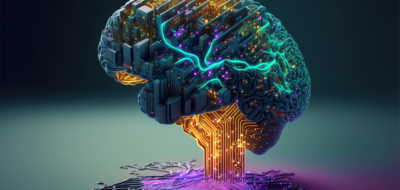My article in Data Driven Inwestor published 19th of October 2018.
Are you weary of all the talk of the impacts of Artificial Intelligence? Rather than listening to speculations on how robots will ravage the labor market, why not devise a plan to harness the full potential of artificial intelligence and advance your business?
I am confident we will soon reach a point where we will no longer view Artificial intelligence as a mysterious dark force, and will see the media frenzy over this concept begin to subside. It is now time for calm assessments and early conclusions. We will look closely into whether AI algorithms and neural networks actually improve efficiency and increase sales. We will be checking whether our analytical tools actually enable us to anticipate buyer behavior. The capabilities of smart technologies are increasingly verifiable. This article is dedicated to leaders and key specialists, and especially all those who are wondering how to bring new technologies into their companies while retaining control over their organizations and being able to predict developments. Here are a few tips intended to help you embark on a journey of digital transformation.
1. Do not demonize artificial intelligence
So, you’ve you been wondering how to exploit machine self-learning in your organization. Excellent. Do not let the media make you think you are entering into a pact with dark forces. Artificial intelligence can work with people rather than replacing them. It can help restructure business units and entire organizations, accelerate processes and facilitate decision making. It can even teach the people who will work with AI to think and be visionary. It will reveal its full capabilities provided you recognize that its main use is to tap the potential of your employees. And perhaps also the hidden potential that lies in your company’s products and services. Make sure your managers adopt this mindset.
2. Analyze your models
There are two ways you can approach smart technologies. Either you allow them to take your company to a whole new level and ascend to the global digital ecosphere (through a company-wide revolution), or have it fix or improve a specific issue, unit or process while the company itself continues business as usual. Both scenarios are possible. The key questions to ask yourself, regardless of your intentions, is how your company has been processing information and supporting data flows and how its approach has impacted the bottom line, customer service, unit management, and communication among employees. Has your current technology made a significant contribution to the company’s key processes? Where did your organization create added value for customers?
Effective and efficient data management is key to productivity across the organization. New technologies can take your company to a whole new level. However, for this to happen, it is essential to closely examine the solutions in place and reveal their weaknesses.
3. Trust your intuitions, resolve your doubts
The above will help you define the scale of the changes and the areas they should affect. Do you wish to collect data on customer behavior and analyze “user experience”? Or perhaps improve information exchange between distributors, traders and merchandisers? Or – as could be the case with medical and pharmaceutical companies – have data processing lead to breakthroughs and revolutionary insights and decisions? You are well advised to run your premonitions and misgivings by outside experts. They will tell you whether, in order to adopt new solutions, you will need to build your company’s systems from the ground up, or if new solutions can be embraced without upsetting the current order.
Read more in the full article.
. . .
Works cited
Jacques Bughin, Eric Hazan, Susan Lund, Peter Dahlström, Anna Wiesinger and Amresh Subramaniam, Skill shift: Automation and the future of the workforce,McKinsey Global Institute, link, 2018.
Martin Lundqvist and Peter Braad Olesen, Digitizing the delivery of government services,McKinsey Global Institute, link, 2017.
. . .
Related articles
– Automation will not destroy all jobs
– Blockchain poised to shake up our lives
– Will quantum computers doom the blockchain?
– Artificial Intelligence for big players only
– Artificial intelligence is a new electricity










Tom Jonezz
Because the notion of the algorithm in construct is to alleviate the burden upon AI to expedite ‘more’ or somehow ‘better’ justice upon the people(s), whatever the concern in question to be judged, the total second variable value is not an ‘absolute value’ because people are always hurting out of hurt and criminalized by crimes so the second variable is essentially negative.
PiotrPawlow
Machines don’t possess “behavior” Norbert – behavior is a purely human activity and trait — as is “accomplishment”.
You’re article is creepy — time to get out of the dark room and interact with the humans you seem to so insistent to discount and diminish.
CaffD
I don’t know where this idea that “AI is neutral” came from, but I really wish it would die already. AI is created by humans, uses human tools (like human language) to function, and is taught by humans using datasets created by humans. AI isn’t like a hammer, the two things couldn’t be more different. It’s a false equivalence.
It’s an understood fact by most computer scientists that algorithms have bias, in fact, it’s a large part of what researchers in the field of AI spend their time trying to combat, and it’s not a simple problem. There’s a lot of philosophy, data science, social science, and mathematics wrapped up in this problem. Here’s a good article explaining some of the issues surrounding bias in algorithms, and how complex of a problem it really is.
Zidan78
AI has been thing since 80s, neural network massive usage as we know nowadays is thing since 2008, it exponencionally grew since then.
Also you are wrong about AI. Recognition of patterns is called clustering and it is one of the dumbest AIs we have. As for “meaning” here I will have to dissapoint you. AI we currently have or will have in the future based on current technology will never be able to give data meaning. Only human can do that. AI can sort information on specific pattern but it can never give that information meaning.
Also note that AI = Machine learning = Deep learning. And most of methods we use are extremelly primitive. As for Neural networks it is AI built on perceptrons and neurons. And even this is very primitive because all it does is to calculate matrixes of weights all over again. Terminology is misleading but it is how it is.
Norbert Biedrzycki
In 2019, AI will expand to cover new dimensions such as media, healthcare, retail, manufacturing, communication, research – in fact, almost every area of modern life has the potential to be influenced by AI applications.
Tom Jonezz
If only it were really that simple, though. Unfortunately, it is not. Until we develop fully autonomous, fully self-programmed computers, we’re stuck with human beings, with our racial biases and hidden agendas, doing the bulk of the programming. And although some programmers may think of themselves as young Mr. Spock’s—all logic and no emotion—in the end they are just humans too. And they are unfortunately just as prone to bias and blinders as the rest of us. Nor can we easily train them to simply avoid writing their own biases into their algorithms. Most humans aren’t even aware of their biases.
Oscar P
Why it leans right? I guess it’s because of how the left and right spread their ideology. The left is “all good people must believe x, anyone who doesn’t is dangerous, evil etc. Don’t ask questions” that is suited for twitter. The right’s approach is “i believe x, and i will go through all the reasons why so you understand where i am coming from” this takes awhile, so the long-form format better suits the right, which is probably why they dominated talk radio for so long
Adam T
Nice read Norbert
Norbert Biedrzycki
TomCat
Fully agree. As long as one owns the connection to the consumer and successfully protects it, you’re in good shape.
Thanks for sharing!
SimonMcD
Absolutely true Norbert Biedrzycki – In almost all cases listed above, and many others, the companies or industries that tried to avoid change, keep the status quo and manifest their market position or monopoly made room for disruption. Even here in Africa. The Hospitality and Tourism Industry is overdue for disruption but most non-africans don’t even see the opportunity and the existing businesses are happy to keep no longer sustainable business models in place, to the absolute disadvantage of the destination and its business and people. It is high time to change how African destinations do business and gain back control on their visibility and distribution. It is a no-go to further give away 60-80% of the profit to overseas middlemen, not contributing to the destination.
Zoeba Jones
Good one. Customer service is extremely important — that, I agree with. But the horse and buggy dealer could have known every person’s name back in 1915, but eventually they were all going to buy a car. I’ve got to go now and find my Palm Pilot.
Tom Jonezz
Great. Whereas humanity has fixed poor eyesight with corrective lens, straightened a person’s teeth with braces, or countless other examples of humans altering out bodies or senses through technology, the transhumanist wants to replace the eye entirely or hijack existing senses in our bodies to detect any number of things that our bodies aren’t built to sense.
Norbert Biedrzycki
Artificial intelligence can be really great for analyzing patterns humans wouldn’t be able to notice or detect and being able to solve problems humans can’t come close to resolving, but AI also has the distinct problem of being able to wipe everyone out mercilessly. Humanity is on the razor edge of self-annihilation because an AI that is determined to kill humans will make the atomic age look like the stone age.
John McLean
Hi Norbert, Excellent article that you have written. Very insightful. Have a great rest of the week.
Norbert Biedrzycki
Thank you
Oscar P
After all, maintaining standards of ethics doesn’t just require that people fill out a form and sign it; it requires that investigations happen when there is suspicion of harm — whether intentional or not. It requires recognizing when the public trust is being undermined and figuring out how to restore that trust. This toolkit, therefore, is not simply a checklist to be completed at the start of an AI-enabled project. Rather, it is a “living guide” to be used continuously for conversations and management practices while the technology remains in public service.
TommyG
The tech invasion is leveraging connectivity, network effects, artificial intelligence, and unprecedented scale to create global platforms that are almost impossible to compete with. The tech invasion has already taken over retail and advertising – and now invading forces have their eyes set on healthcare, finance, manufacturing, and education.
Piotr
For many on-demand platforms, algorithmic management has completely replaced the decision-making roles previously occupied by shift supervisors, foremen and middle- to upper- level management. Uber actually refers to its algorithms as “decision engines”. These “decision engines” track, log and crunch millions of metrics every day, from ride frequency to the harshness with which individual drivers brake. It then uses these analytics to deliver gamified prompts perfectly matched to drivers’ data profiles.
CaffD
The EU has published ethics guidelines for artificial intelligence. A member of the expert group that drew up the paper says: This is a case of ethical white-washing
https://m.tagesspiegel.de/politik/eu-guidelines-ethics-washing-made-in-europe/24195496.html
Tom Jonezz
In the old days, the days of so-called good-old fashioned AI, this might not have been such a big deal. Even if we couldn’t eliminate the biases from the programmers, we could still test, debug and tweak their programs. By contrast, you can’t rewrite a judge’s neural code when you discover he’s got this thing against black people. If you think about it that way, who wouldn’t still take the computer over the judge any day?
Unfortunately, good old fashioned style AI programming (GOFAI)—the kind where you had to explicitly program every single line of code in order to stuff humanlike knowledge into the computer sort of by “brute force” is quickly becoming a thing of the past. GOFAI is rapidly giving way to machine learning algorithms in many, many spheres. With this kind of computational architecture, instead of trying to stuff the knowledge into the computer line-by-line, you basically give the computer a problem and let it figure out how to solve the problem on its own. In particular, you give the machine a bunch a bunch of training data, it tries to come up with the right answer. If it gets the wrong answer, you (or the world) give it an error signal in response. The network then spontaneously adjusts its network, basically without human intervention, until it gets the right answers on all the data in the training set. Then we turn it loose on the world to confront brand new instances of the problem category not in the original training set. It’s a beautiful and powerful technique.